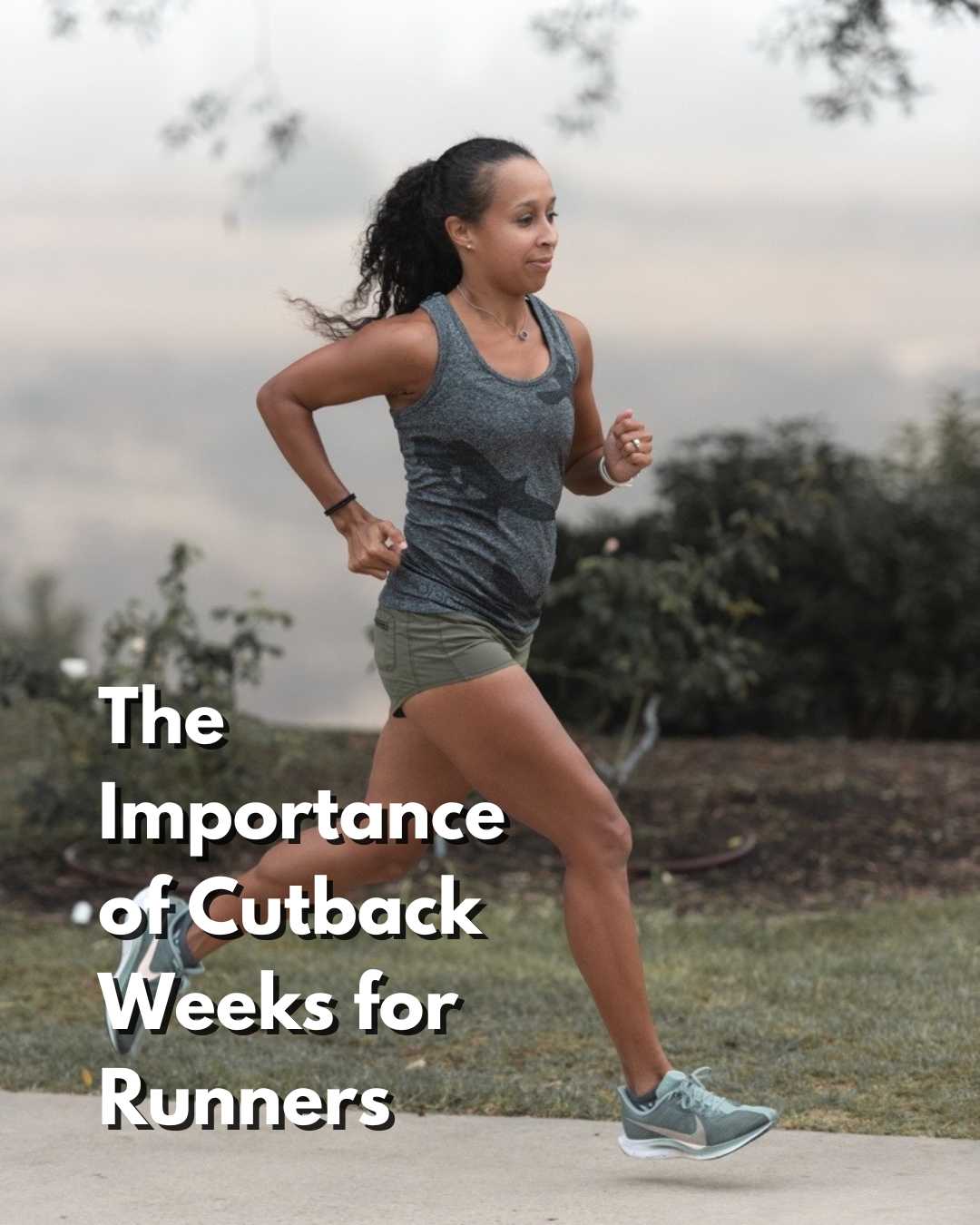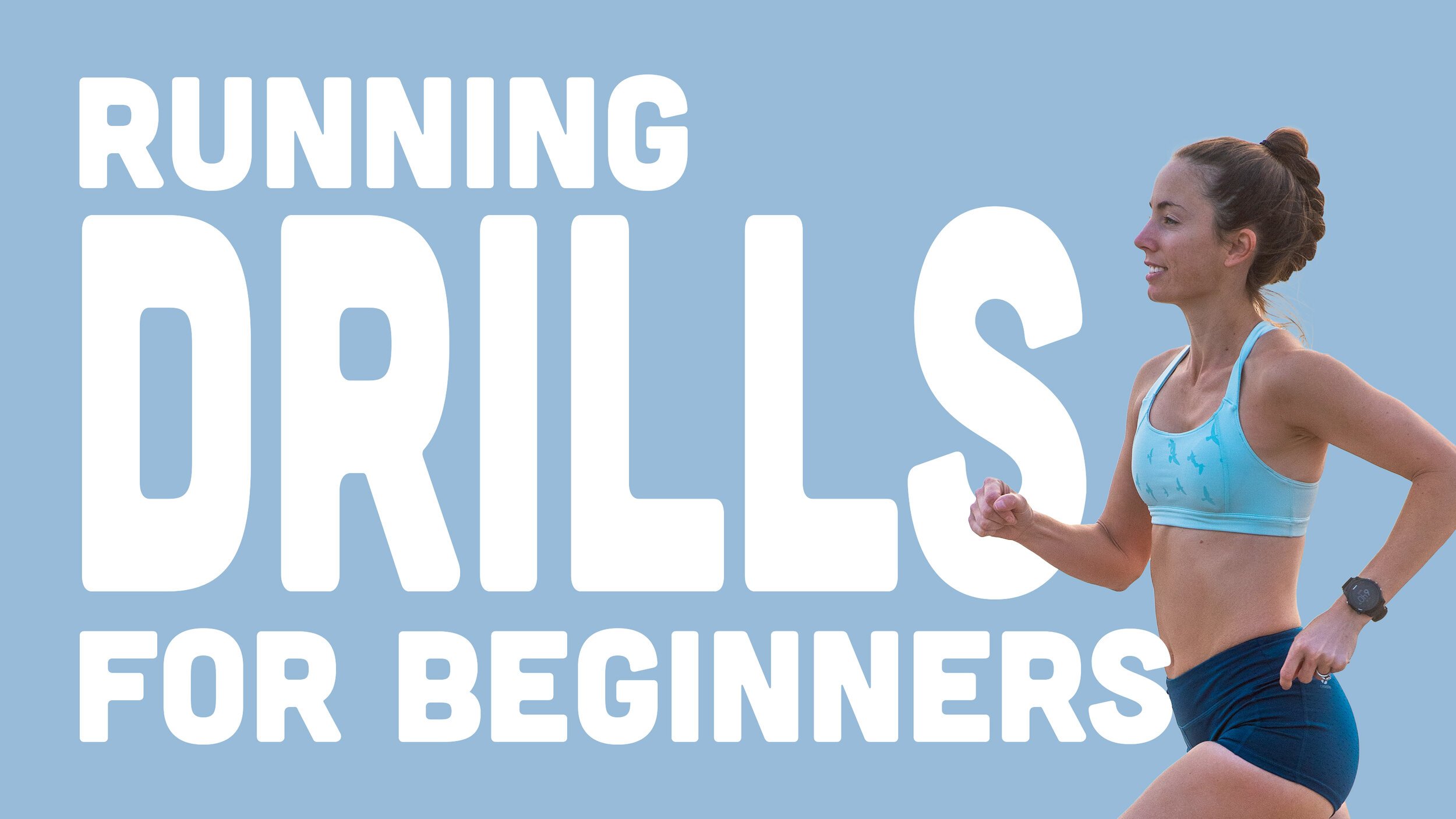
Beyond Pace & Distance: How to Measure Real Running Progress
Most runners measure progress by pace and distance, but true improvement goes far beyond the numbers on your watch. If you’ve been training consistently but aren’t seeing faster times, you might be missing the real signs of progress—like better recovery, improved endurance, and increased confidence. In this post, we’ll explore how to track progress beyond pace and mileage and recognize the improvements that truly matter for long-term success.

Should You Rest or Push Through? A Runner’s Guide to Listening to Your Body
Deciding whether to rest or push through discomfort is crucial in avoiding injury, maintaining consistency, and achieving long-term running success. This guide explores key factors to consider and practical tips for making smart training decisions.

The 10% Rule in Running: Should You Follow It?
The 10% rule in running suggests not increasing your mileage by more than 10% from week to week to prevent overuse injuries. However, this rule doesn't always account for individual training responses and different running volumes. Whether you're a new runner or an experienced athlete, understanding how to progress your training can help you achieve your goals without risking injury.

The Importance of Cutback Weeks for Runners
Incorporating cutback weeks into your training program is vital for long-term success and injury prevention. By allowing your body and mind to recover, you enhance your overall performance and ensure consistent progress. Remember, training smarter, not just harder, is the key to becoming a stronger, more resilient runner.

Best Types of Cross-Training for Runners
Cross training is a very broad term that can encompass many different activities, which in turn causes confusion among athletes on how to incorporate cross training into their programming and why you would want to include it.

How to Break Through a Running Plateau
Running plateaus can be frustrating, especially when you're putting in the effort but not seeing the progress. Understanding what causes these plateaus and how to overcome them can help you break through and reach new levels in your running journey.

Mastering the Phases of Endurance Running: A Guide to Building Your Training Block
Running is more than just lacing up your shoes and hitting the pavement; it's a year-round journey with distinct phases or periods, each essential for peak performance and enjoyment. Let’s dive into the various phases of an endurance running block, from the foundational base-building phase to the challenging taper leading into race day, and the crucial recovery period post-race.

Summer Running Tips - How to Run Better in the Heat!
It’s getting hot and that means running will feel harder than it has the last few months. Don’t despair, you’re not losing fitness, we promise! If you prepare yourself well, you’ll be able to crush those summer runs and take that fitness into the fall with you.

What is the Rate of Perceived Exertion Scale and How to Use It in Running
Have you ever heard of the Rate of Perceived Exertion scale? Even if you have heard of it, maybe you aren’t sure how to use it in your training? Well, we’re here to share all the details about what it is, how it can help your training, and how to use it!

6 Tips for a Successful Return to Running Postpartum
It can be extremely challenging to know when your body is ready to run postpartum. You may feel ready within days of giving birth (at least mentally!), but truly being physically ready can be the difference between a major injury that sidelines you immediately and longevity in this sport. And that’s the confusing part!

20 Weeks Pregnant! How My Training Has Changed
I’ve had quite a few newly pregnant mamas ask me how I changed my training when I found out I was pregnant and what was safe to do or what guidance I received from my doctor. I wanted to start by saying, while I am currently getting a pre/post natal certification at the moment, I am not qualified to provide individual or generic advice on this topic. This blog post will address the changes to my fitness and running routine.

Running Drills For Beginners
Drills are a great way to establish proper form and movement patterns into our muscle memory as well as a way to improve recruitment of the proper muscles when you start to get fatigued. If you’re new to running or have never done drills before, I’ve compiled some great drills for beginners. These can be done after an easy warm up jog or at the end of a run 2-3 times/week. You’ll want to do each drill for 20-30 seconds, with a slow jog back to the start. If you have time to run through the drills 2-3 times, even better!

How to Stay Motivated During Quarantine
Anyone else struggling with motivation right now? I’m here to let you know you aren’t alone. Races have always been my key motivator. If there’s a date to work towards and a clear timeline, it’s a lot easier to get out there each day. With no races on the calendar in the near future, we need to find other ways to keep our head in the game and stick with our training so we can be ready to race when it becomes available.

Journey to Sub 3 - Episode 4: Building Confidence
Things have really turned around the last few weeks and I’m finally building up some confidence after this cycle’s rocky start. I raced a 10K a few weeks ago and while it wasn’t my best performance, I was happy with the results on a hillier course and a lack of confidence in my abilities at that point. Since then, I’ve been recovering quickly from workouts and doing workouts that are slightly new and different to me - challenging me in new ways.
